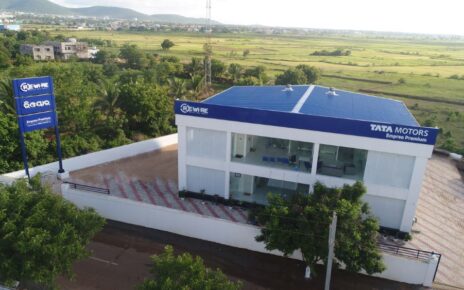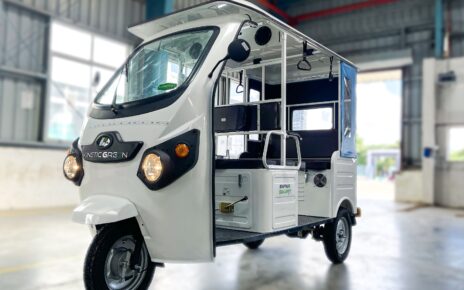
In the dynamic and often unpredictable world of logistics, few companies manage to balance legacy with innovation as seamlessly as ANVA Logistics. Now in its third generation, this 27-year-old enterprise has not only withstood the test of time but has continuously evolved through a combination of precision, foresight, and unshakable reliability.
“Our journey has always been rooted in dependable execution, but what sets us apart today is our structured, data-driven approach in a traditionally unorganised sector,” says Nikita Garodia, Chief Operating Officer at ANVA Logistics.
From its operational base in Varanasi and a corporate presence in Mumbai, ANVA has gradually built a robust logistics network across Uttar Pradesh, Bihar, Madhya Pradesh, Rajasthan, NCR, and beyond. With a fleet of over 250 fully containerized, self-owned trucks, it supports a host of India’s leading brands with end-to-end logistics – from warehousing and inventory management to road transportation and last-mile delivery.

The company’s scale of operations is staggering. Over the past decade alone, ANVA has dispatched more than 14 lakh tons of goods worth over ₹16,400 crore and consistently manages over ₹100 crore worth of goods stored across client warehouses.
“Our focus on execution, local intelligence, and digital visibility has helped us navigate even the most complex logistics geographies, particularly in Eastern and Central UP,” she says.
Precision Across Sectors: One Size Doesn’t Fit All
ANVA’s clientele spans across FMCG, e-commerce, and liquor sectors – each with its own unique challenges, demand cycles, and compliance frameworks. Instead of relying on a standardised approach, ANVA tailors its operations to meet sector-specific expectations while maintaining service level agreements and cost efficiencies. “Every industry has unique demands, and our strength lies in customizing our services without compromising on SLAs or cost efficiency,” she explains.
In the FMCG sector, the company ensures efficient vehicle placement even during peak seasons, adjusts fleet mix based on SKU and route complexity, and enables load sharing across clients to minimise costs. Their depot staff follows SOP-driven execution, and all vehicles maintain strict hygiene and safety norms – vital for handling fast-moving consumer goods.
In e-commerce logistics, where agility and precision are critical, ANVA has introduced real-time GPS tracking integrated with client systems, a 24×7 command center, tamper-proof e-locks, and standby vehicles to ensure seamless delivery during sales events and festive rushes.
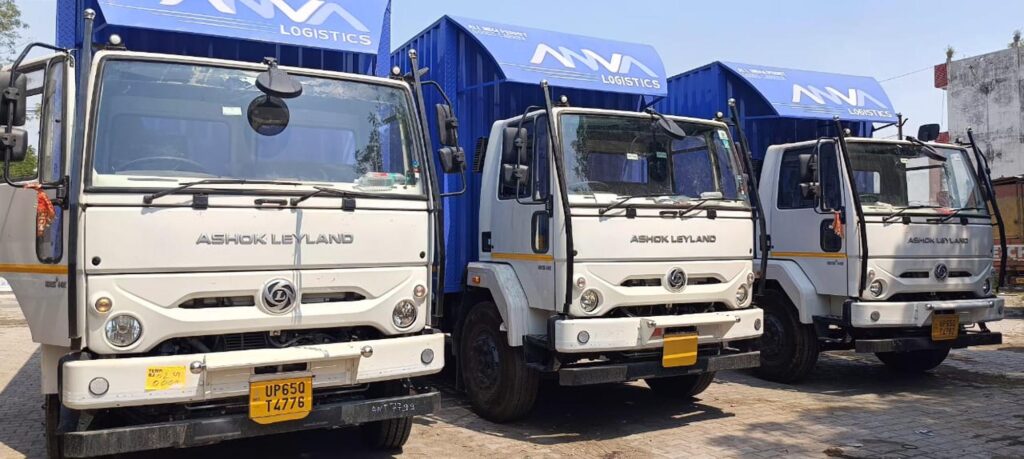
“In e-commerce, speed and reliability are non-negotiable, and our systems are designed to meet these demands, especially during surges or promotional events,” says Nikita.
Fleet Modernisation as a Competitive Edge
ANVA’s fleet strategy reflects a future-forward vision. Operating a mix of Tata Motors, Ashok Leyland, and Eicher trucks – mostly purchased post-2018 – the company prioritizes safety, compliance, and fuel efficiency. Configurations range from 6-tonners to 18-tonners, with lengths between 19 and 32 feet, suitable for both single and multi-axle operations. “We believe in a future-forward fleet that’s modern, compliant, and aligned with sustainability goals,” Nikita asserts.
Over 80% of the fleet has been upgraded in recent years. The company is also actively deploying CNG vehicles and evaluating the viability of LNG and EVs through pilot programs in partnership with OEMs. Discussions are already underway to launch a dedicated green fleet vertical in the near future. “Sustainability isn’t just a buzzword for us – it’s about practical execution without compromising on uptime or performance,” she adds.
Decoding the Complexity of Eastern Corridors
One of ANVA’s standout strengths is its deep operational presence in North and Central India – especially the Purvanchal belt. These corridors, which include hubs like Varanasi, Gorakhpur, Allahabad, and Sumerpur, are notoriously difficult due to poor infrastructure, seasonal disruptions, and frequent compliance bottlenecks. “Eastern UP is tough – be it toll irregularities, seasonal disruptions, or terrain – but our resilience and pre-emptive planning keep us ahead,” Nikita notes.
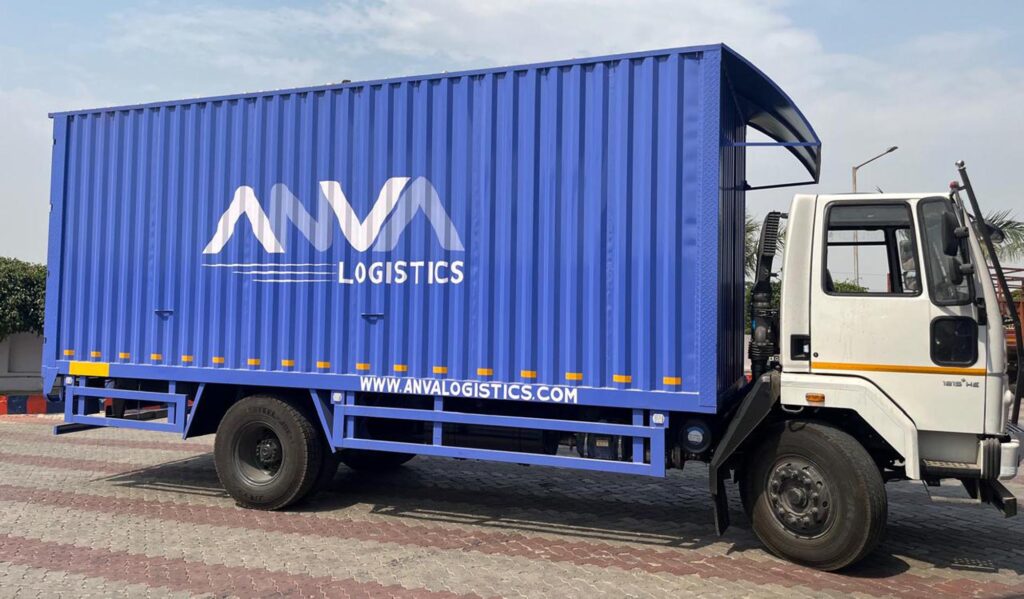
To overcome these hurdles, ANVA relies on hyper-local expertise, real-time coordination, and on-ground control. They deploy local coordinators at all major nodes, use pre-designated checkpoints with escalation paths, and adapt container sizes and axle configurations to align with varying state regulations.
This ability to navigate tough logistics geographies with speed and reliability is what makes ANVA a preferred partner for businesses aiming to expand into Bharat’s heartland.
People, Process, and Platforms: The 3Ps of Dependability
With rising input costs from fuel price hikes, increased tolls, and general inflation, logistics margins are under pressure like never before. Yet, ANVA has managed to retain competitiveness through operational discipline and smart cost-control systems. “We manage cost volatility through a mix of preventive maintenance, route optimisation, and tech-based tracking,” says Nikita.
Each vehicle is covered under Annual Maintenance Contracts (AMCs) with OEMs to ensure predictable costs. Regional hubs take care of minor in-house repairs, and a centralised tyre inventory helps avoid stockouts and under-utilisation. Fleet performance is monitored via platforms that track driver behavior – fuel usage, braking, idle time, and acceleration patterns – to optimise fuel consumption and reduce wear.
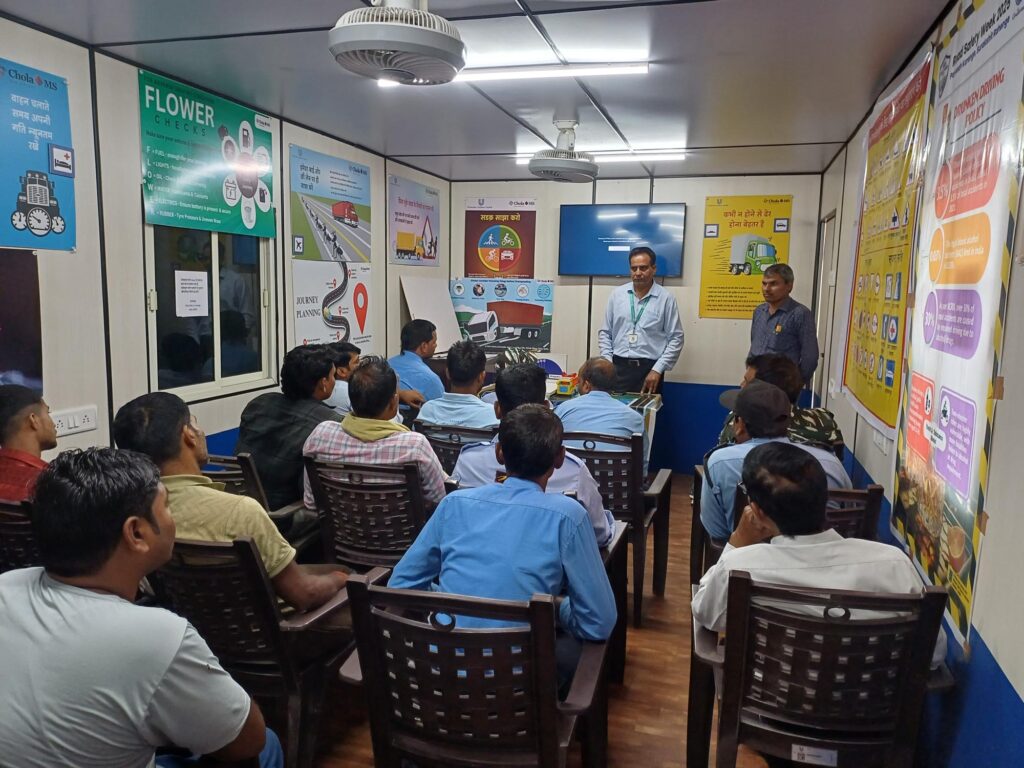
Even their trip planning is data-backed. Loads are clubbed to eliminate empty hauls and vehicle types are selected based on route economics and return freight probability. “This blend of fleet discipline and tech adoption ensures that we stay competitive while continuing to offer high service quality,” she affirms.
ANVA’s deep investment in technology spans across fleet and warehouse operations. Their triple-layer GPS system – OEM, client-integrated, and internal TMS – ensures tamper-proof tracking and complete visibility. A dedicated data team tracks trip P&L, warehouse throughput, and driver metrics via real-time dashboards, enabling faster decisions across the chain.
People, too, are core to ANVA’s operational model. Many drivers have been with the company for over 15 years and receive regular training, welfare support, and performance recognition. Initiatives include nutritious meals at depots, rest zones, winter supplies, emotional wellness programs, and anonymous feedback mechanisms to keep morale and retention high. “Driver well-being isn’t a checkbox – it’s embedded in our DNA,” says Nikita.
Commitment Beyond Cost: Why Clients Return to ANVA
In today’s fragmented and highly transactional freight market, ANVA has chosen a different route. While initial client decisions may be cost-driven, many return to ANVA after facing service failures from cheaper vendors. Instead of undercutting, ANVA co-develops customised solutions – optimising the fleet mix, load planning, and inventory movement – to reduce turnaround time and stockouts.
Looking ahead, ANVA plans to expand deeper into Western India, targeting Maharashtra, Gujarat, and Rajasthan. The company’s larger vision includes fleet electrification, ESG reporting, and a strong commitment to environment-conscious logistics. “Our clients count on us not just for deliveries, but for dependability. Every metric we track, every system we build, is meant to serve that trust,” informs Nikita. In an industry where unpredictability is often the only constant, ANVA Logistics stands out for its ability to deliver certainty – trip after trip, year after year.


